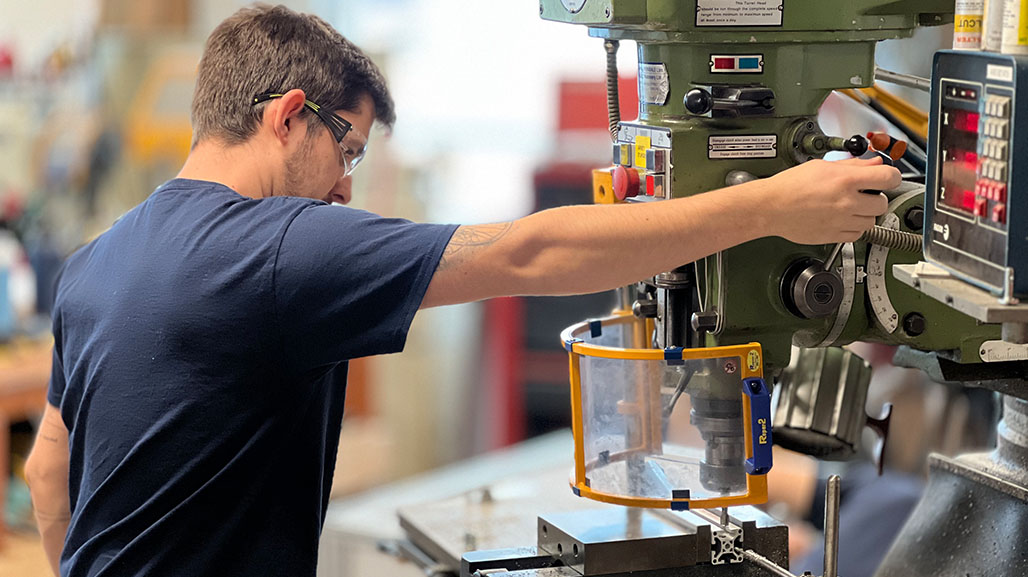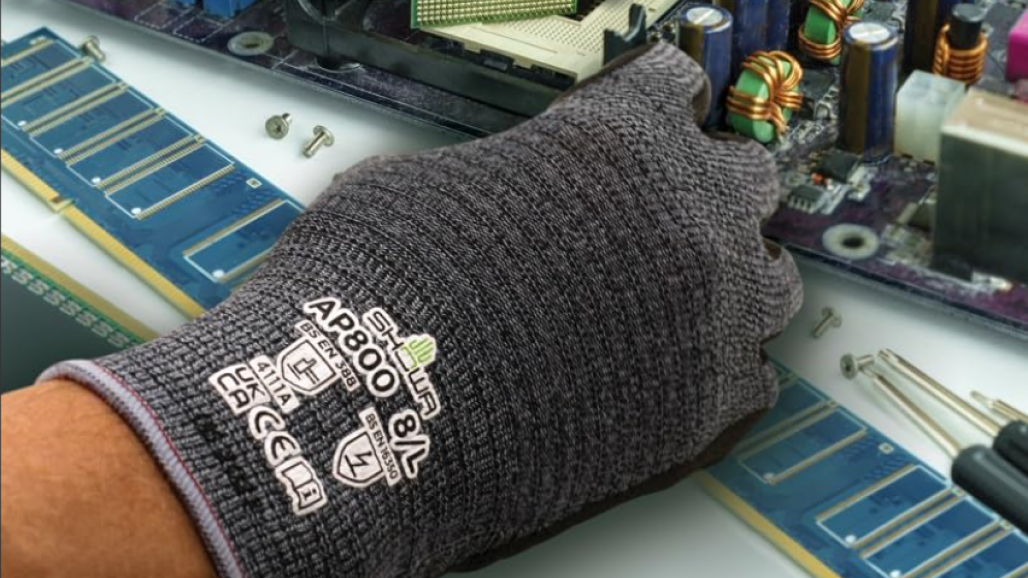
Why Fall Protection Remains One of the Most Persistent Challenges in Workplace Safety
Falls are consistently recognized as the most dangerous occupational hazard, dominating OSHA’s list of top-cited safety violations for 15 consecutive years. This alarming trend demonstrates the persistent complexity of mitigating fall risks, despite advancements in safety standards and technologies.













